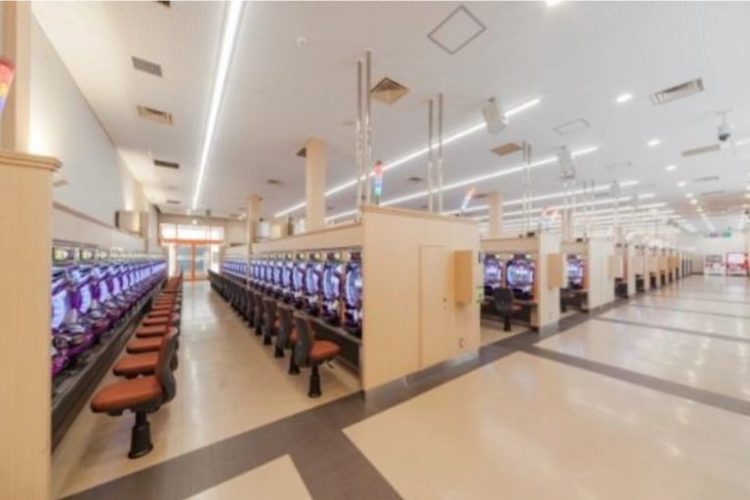Pachinko hall operator Dynam Japan Holdings has reported a 3.3% year-on-year decline in total revenue to JPY126.1 billion (US$884 million) in the 12 months to 31 March 2025, impacted by a 4.4% fall in revenue from its pachinko business to JPY119.0 billion (US$834 million). The company also operates a small aircraft leasing business that saw solid growth in FY25.
Releasing its financial results on Monday, Dynam said reduced revenues were largely due to lower margins given that total gross pay-ins were down only 1.7% to JPY552.6 billion (US$3.87 billion). Nevertheless, net profit attributable to owners of the company grew by 18.5% year-on-year to JPY4.0 billion (US$28.0 million) on lower expenses and improvements in the aircraft leasing business.
Dynam again reported a reduction in the number of pachinko halls it operates nationwide from 433 a year ago to 427 as of 31 March 2025, noting that it strategically targets small business areas with between 30,000 and 50,000 residents in which to operate halls. It also standardizes the interior layout and installation number of gaming machines of the halls, allowing the Group to cut down initial investment costs and period of construction.
Dynam explained that it sees the future of pachinko as a sustainable entertainment product whereby the amount of time and money spent playing is maintained at “acceptable levels”.
“Our vision is to reinvent pachinko gaming as a form of everyday entertainment that everyone can easily enjoy, as a regional infrastructure,” it said. “To realize everyday entertainment, we must manage our business so that our customers consider the time and money they spend in our halls are at acceptable levels for everyday entertainment. Therefore, the Group practices chain store management as one of its management policies.
“We are building a framework that enable us to fully leverage the advantages derived from multiple-hall development, and manage all hall operations at low cost. Managing our pachinko halls at low-cost leaves space to enable us to entertain customers with low playing cost games, which in turn leads to the realizing of everyday entertainment.”








-120x86.jpg)

























